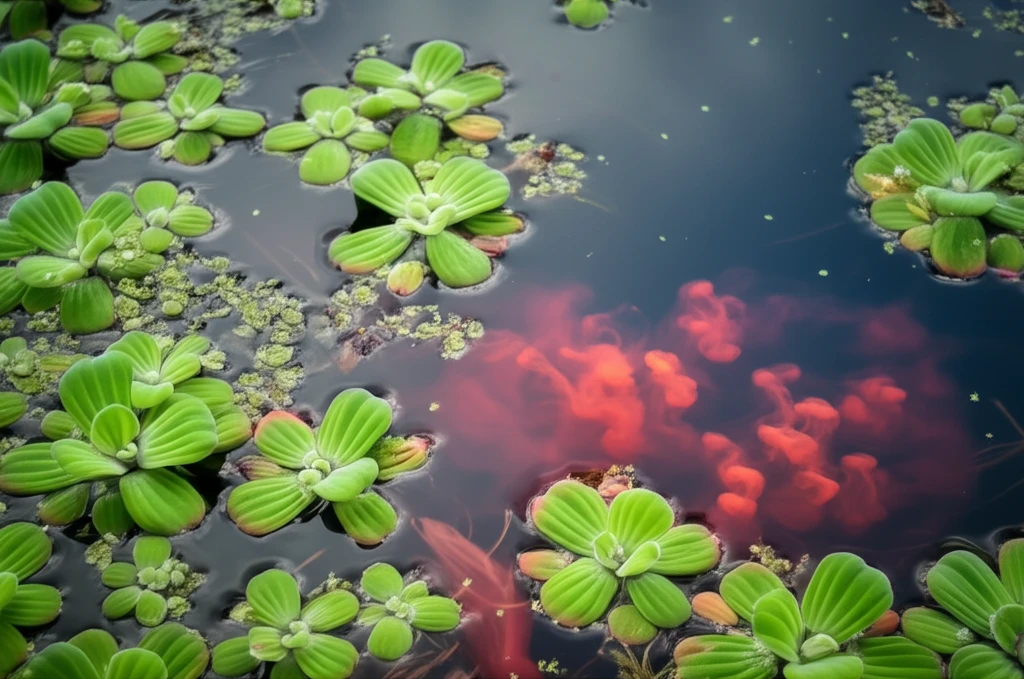
Could Duckweed Be the Answer to Toxic Dye Pollution? The Science Behind Azolla Filiculoides
"Explore how Azolla filiculoides, a humble aquatic plant, could revolutionize wastewater treatment by effectively removing harmful Acid Red 88 dye."
In recent years, the rise of industrial activity has brought about a surge in environmental pollutants, with dyes emerging as a significant concern. Textile industries, in particular, contribute heavily to dye pollution, releasing a substantial amount of coloring agents into water systems. These dyes, including the commonly used Acid Red 88, pose significant threats to both human health and the environment.
Traditional methods of dye removal often rely on costly and resource-intensive processes, prompting researchers to explore more sustainable and affordable alternatives. Biosorption, a process that uses biological materials to remove pollutants, has gained traction as a promising solution. Aquatic plants, known for their ability to thrive in contaminated water, have emerged as potential candidates for biosorption. Among these plants, Azolla filiculoides, commonly known as duckweed, has garnered attention for its rapid growth and pollutant removal capabilities.
A recent study has delved into the potential of Azolla filiculoides to remove Acid Red 88 dye from aqueous solutions. By examining various factors such as contact time, temperature, pH levels, and adsorbent doses, the research aims to uncover the optimal conditions for dye removal and assess the overall effectiveness of Azolla filiculoides as a biosorbent. This exploration could pave the way for a more sustainable and eco-friendly approach to wastewater treatment.
How Does Duckweed Clean Up Dye Pollution?

The study meticulously examined how Azolla filiculoides (AF) could remove Acid Red 88 (AR88) dye from water. Researchers varied several conditions—contact times, temperatures, pH levels, and the amount of AF used—to see what worked best. They found that the dye was removed more effectively with longer contact times and higher temperatures. However, the efficiency decreased when they used higher concentrations of the dye and larger amounts of AF.
- High Color Removal: Over 98% of the dye was removed with short contact times between the Azolla and the dye.
- Effective Use of Azolla: The entire Azolla filiculoides plant can be used as an effective adsorbent for AR88 in water solutions.
- Cost-Effective Material: Azolla biomass is an affordable and readily available alternative to more expensive adsorbents.
The Future of Clean Water?
The research confirms that Azolla filiculoides offers a viable, cost-effective, and eco-friendly method for removing Acid Red 88 dye from water. As industries seek more sustainable practices, duckweed presents a promising solution for cleaning up wastewater, reducing environmental impact, and promoting a healthier future.
